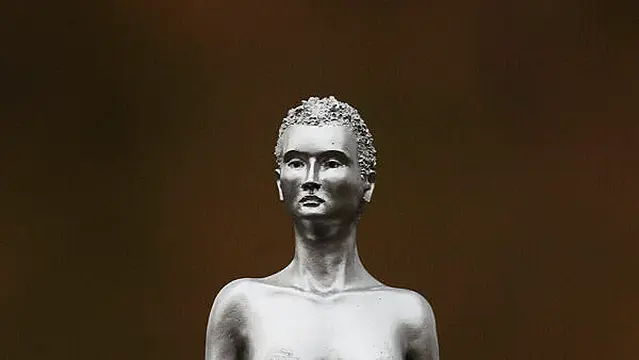Four new sculptures of female scholars are to be commissioned at Trinity College Dublin (TCD), the first time women are to be featured amongst the figures on display at its prestigious library.
With 40 marble busts, all men, currently on display at the university’s Old Library, it decided to commission a series of sculptures of women as a “first-step” towards a better representation of diversity.
This is the first time in a century that the university commissioned new sculptures for the library.
Scientist Rosalind Franklin, the folklorist, dramatist and theatre-founder Augusta Gregory, mathematician Ada Lovelace and women’s rights advocate Mary Wollstonecraft were chosen from a list of more than 500 suggestions from students, staff, and alumni.
Nominations were invited using two criteria; the subjects should be scholars, and they should no longer be living. They did not need to be graduates of TCD and there was no restriction as to nationality.
Sciences — Arts & Humanities
Four new commissions were selected; two from the sciences, and two from the arts and humanities.
Invitations for expressions of interest for potential artists will soon be issued. Following a shortlisting process, finalists will be invited to submit maquettes of their proposed designs. Funding is being sought for the project.
Provost, Patrick Prendergast said: “The Long Room in the Old Library of Trinity College Dublin is one of the most magnificent rooms in the world, visited by hundreds of thousands of people most years. I welcome this initiative as a step towards reflecting the university's diversity in such a nationally significant location.”
Librarian and college archivist, Helen Shenton said: “As the first woman Librarian in the College’s 428-year history, I am especially delighted to champion this initiative to address the historic inequity in the Long Room.”
Trinity said it is aware that even with the new commissions, women will still be represented by a small minority in the sculptures on display, and that the existing subjects do not represent the ethnic and gender diversity that "distinguishes the history of scholarship.”







